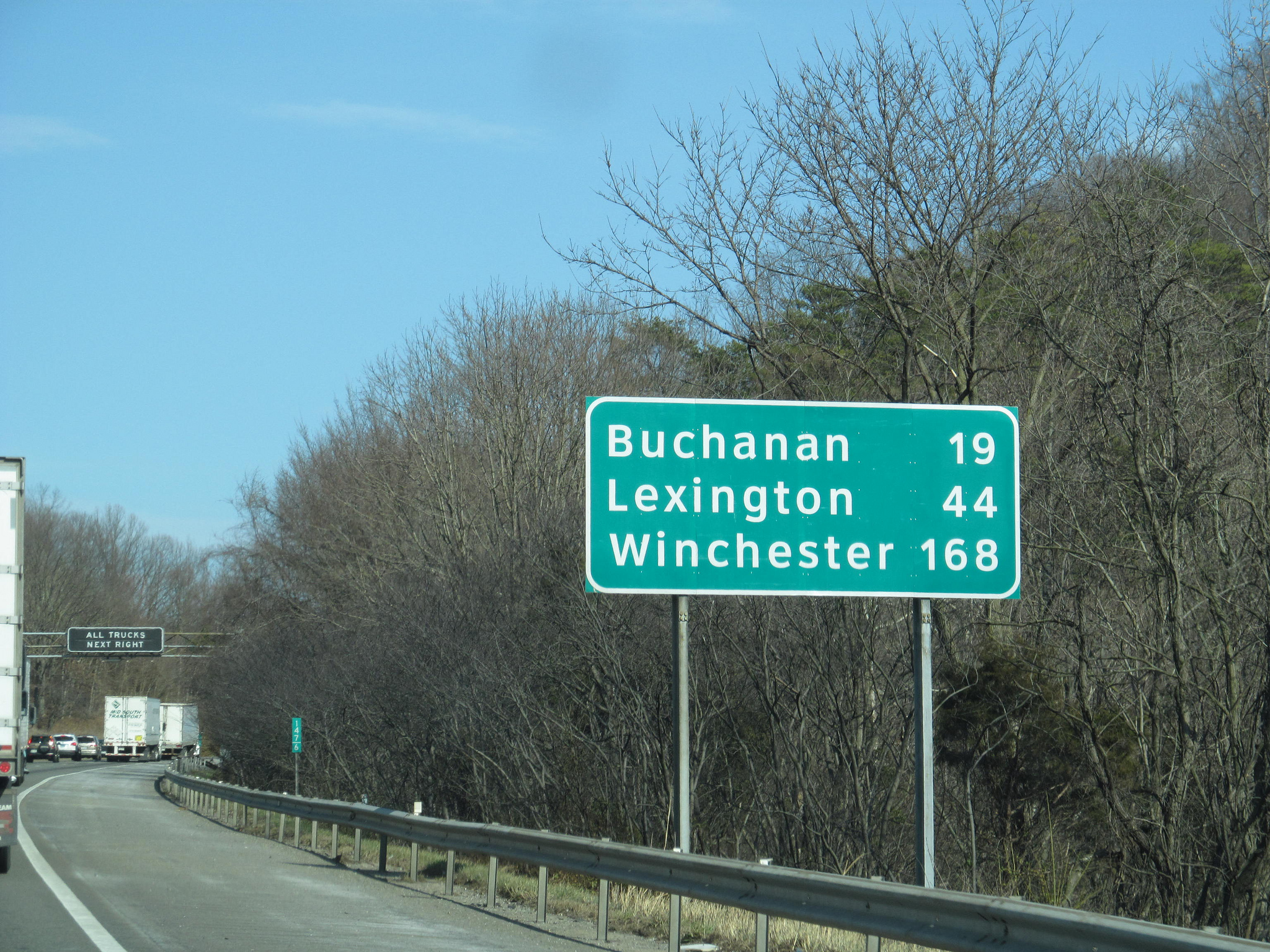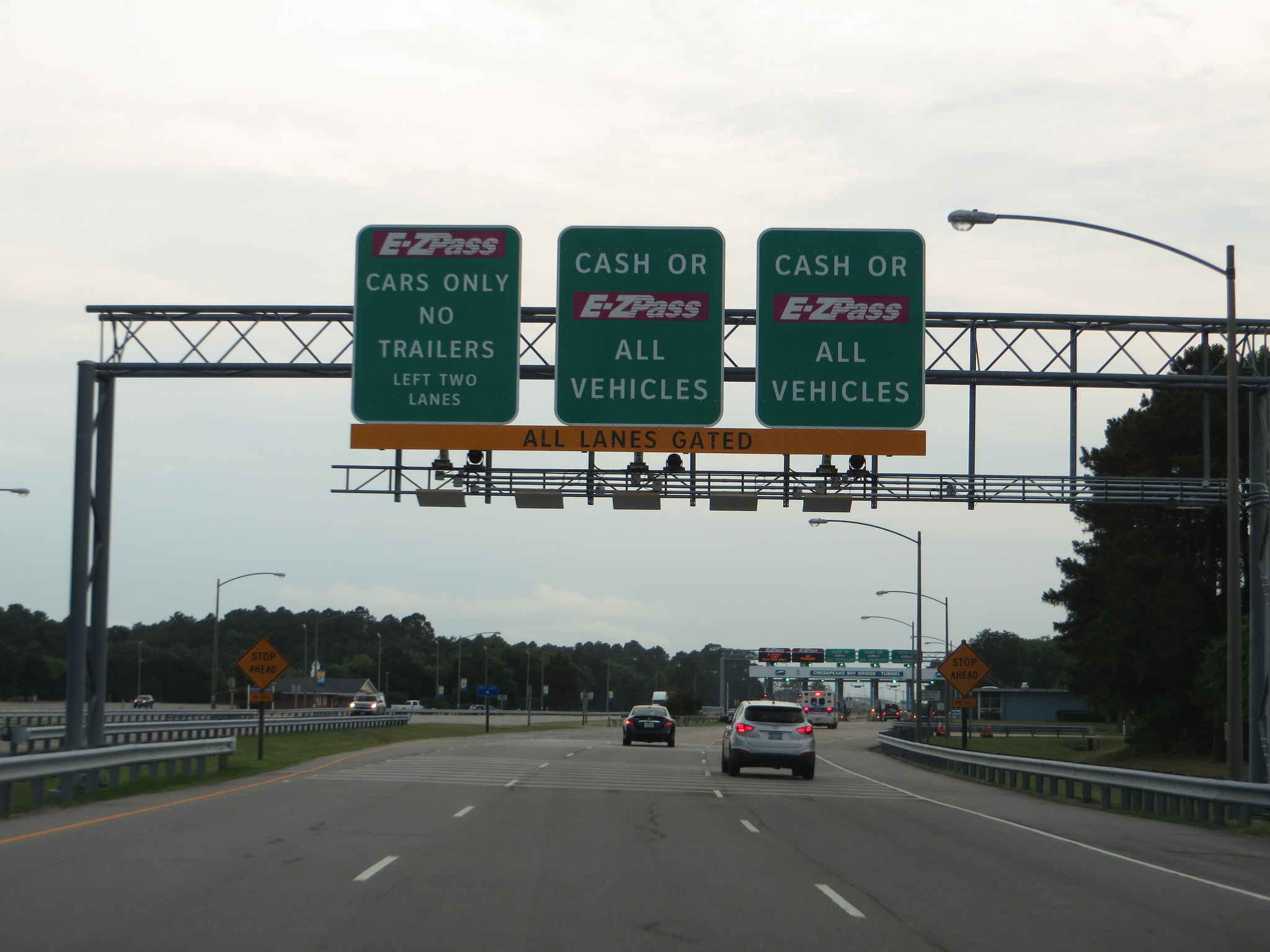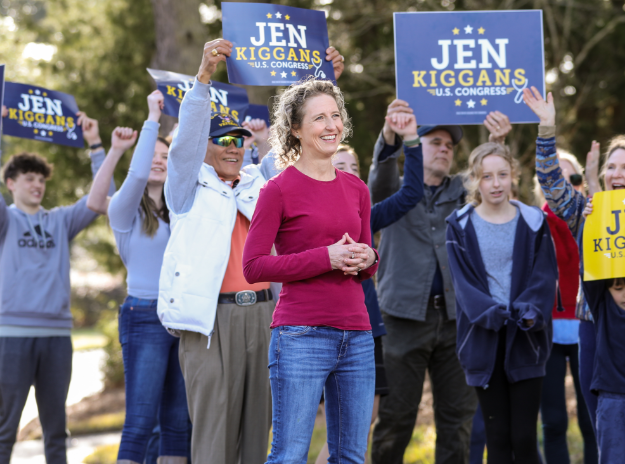With the Virginia budget season over, Richmond’s spending priorities are focused on three areas which require the most help: Northern Virginia, Hampton Roads, and the narrow stretch of I-81.
Yet as Nathaniel Cline over at Virginia Mercury indicates, the budget priorities were midwifed more by compromise rather than initiative:
Late in the months-long budget deliberations, Youngkin proposed additional funding for Metro, but it would’ve stripped money from NVTC’s investment fund that’s used by Northern Virginia jurisdictions. The governor eventually agreed with lawmakers on a spending plan that didn’t dip into NVTC’s fund.
“It’s a step forward and it’s a credit to the legislature as well as the governor for coming together,” said Matt de Ferranti, the commission’s chair. “[We’re] also quite lucky that the economy has been going so well that we’re able to have the funding; this means that the plans that all the Northern Virginia jurisdictions in NVTC had for spending the money can now be followed through on.”
Other spending priorities included toll relief for families making under $50,000 and $175 million in funds dedicated to widening I-81:
The budget lawmakers approved provides $70 million in fiscal year 2025 and additional language that designates up to $175 million from year-end revenue surpluses for the I-81 improvement program for the next three fiscal years.
The 325-mile corridor connects dozens of communities, colleges and universities, and is key to transporting freight.
According to the Virginia Department of Transportation, nearly 50% of the state’s value of goods are transported through the corridor, which has the highest per capita truck volume in the commonwealth.
Notably absent from the proposed initiatives was any sort of comprehensive planning for the Fredericksburg area, a chokepoint where I-95’s crossing over the Rappahannock River and new HOT lanes were outdated the moment they opened.





